Everything You Need to Know About Planning a Trip to Yellowstone National Park
As the oldest national park in the country (although Hot Springs was technically the first) and the largest, Yellowstone is one of the most sought-after vacation spots in America for its unique landscape and insane wildlife viewing opportunities. It’s home to dozens of Indian tribes, thousands of archaeological sites, and many places of natural and historical significance. Here’s everything you need to know planning a trip to Yellowstone.
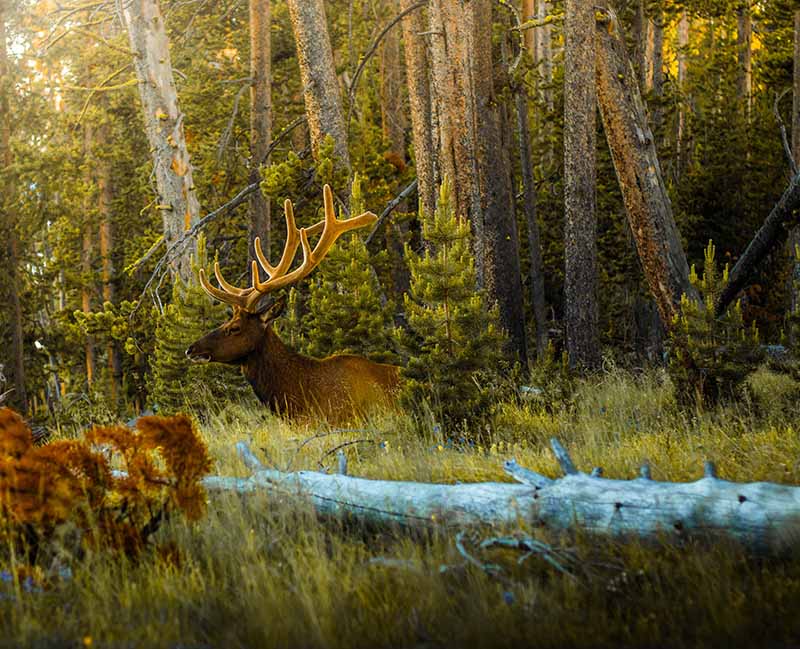
Yellowstone is an intrinsic work of art, where mother nature took a rainbow paintbrush and got all abstract on us in an area that feels completely otherworldly. Actually, it might be as the entire landmass sits atop a very active supervolcano powering the park’s geothermal activity. Home to 60% of the world’s geysers, watch the earth boil and bubble in awe of its changing shape, color, and features.
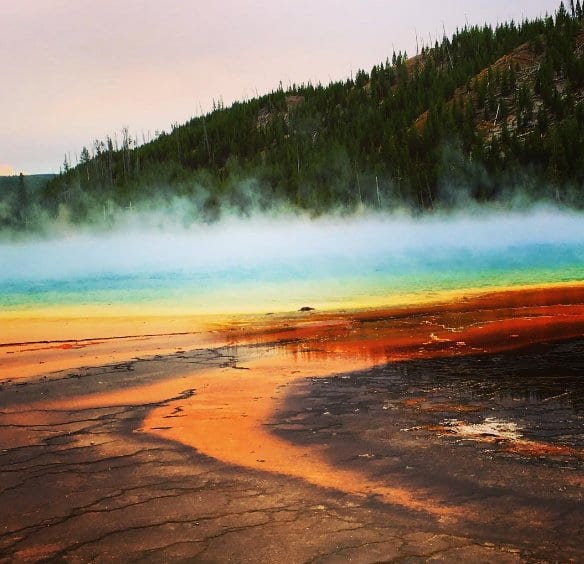
Where to Go in Yellowstone
With 2 million acres of land, Yellowstone is massive with five entrances in three different states, (Wyoming, Idaho, and Montana) so you really have to map out what you want to see as there’s simply no way to do everything in a day or two. You could easily spend a week exploring, but 3-4 days is recommended to see the majority of attractions and cover the most ground. The West Yellowstone entrance in Montana is the busiest and the most popular as it’s the doorstep to geyser basin. The most accessible airport to fly into is Bozeman, which is a little over an hour away.
Where to Stay in Yellowstone
The town of West Yellowstone is the park’s main hub and your gateway for explorations. There are a variety of accommodations from secluded cabins to inns and motels. For a more unique experience, opt for a glamping tent or ranch experience.
Can’t Miss Sites in Yellowstone National Park
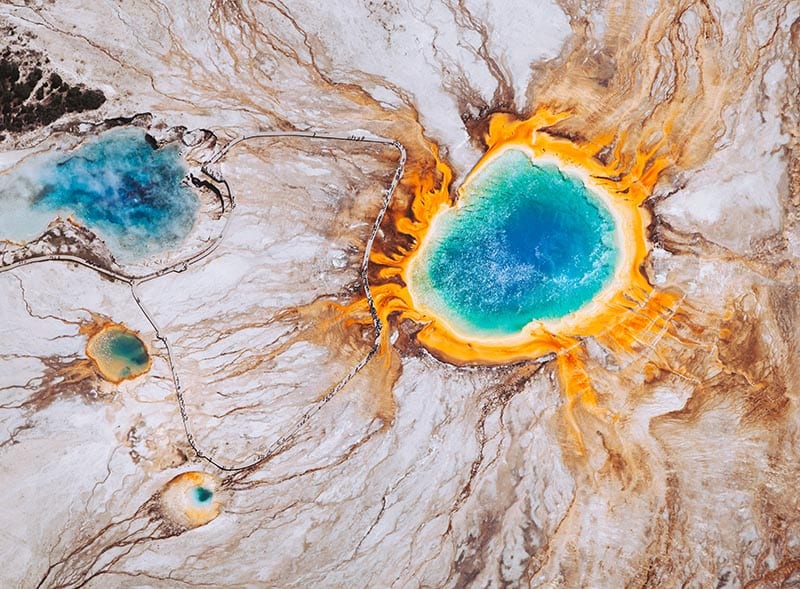
Midway Geyser Basin Boardwalk (West Entrance)
A .8-mile walk through Yellowstone’s most colorful pools, the star of the show is the rainbow-colored Grand Prismatic Spring, the largest hot spring in the US.
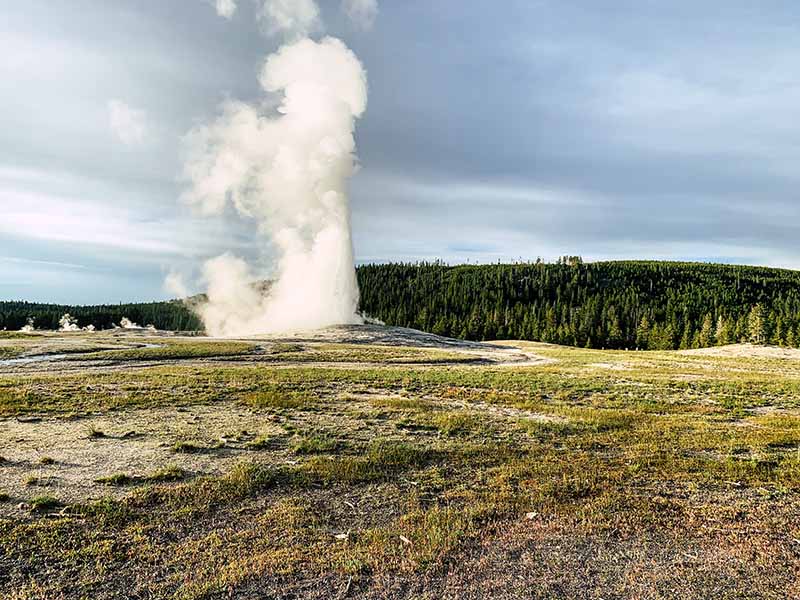
Upper Geyser Basin (West Entrance)
Home to Old Faithful, the world’s most famous and active geyser, you can see the eruption every 1.5 hours like clockwork. Since it’s everyone’s go-to, it is generally the most crowded, which means you should try to see it as soon as the park opens or right before closing.
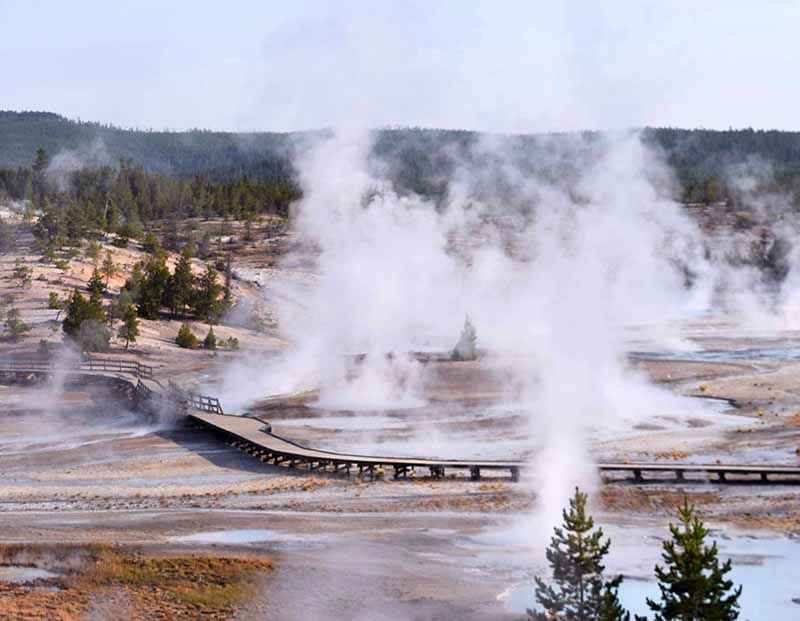
Lower Geyser Basin (West Entrance)
Another great .5-mile boardwalk is Fountain Paint Pot Trail, that’ll take you to four of the park’s hydrothermal wonders.
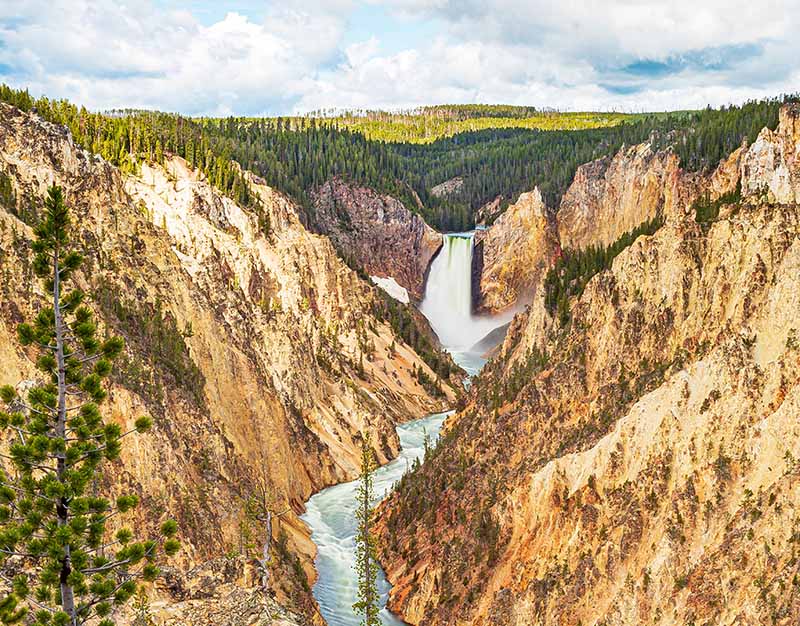
Grand Canyon of the Yellowstone (West Entrance)
A smaller version of Arizona’s Grand Canyon but no less breathtaking, the canyon was formed from years of erosion. There are different overlooks and trails but make it a point to head to the South Rim to see Lower Falls, a breathtaking waterfall, and one of the most photographed spots in the park.
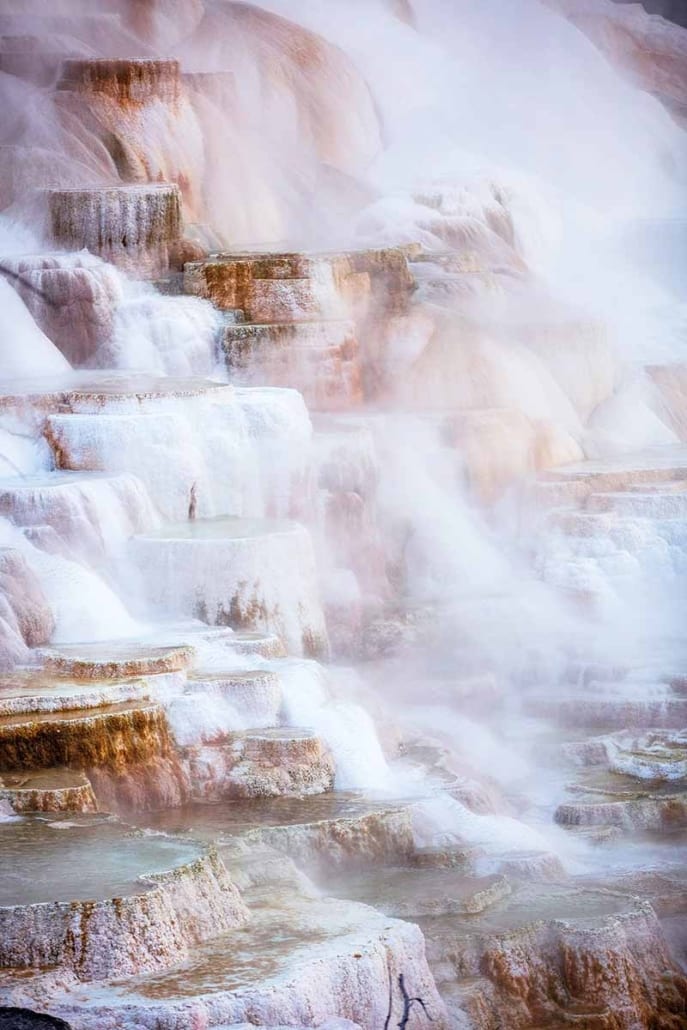
Mammoth Hot Springs (North Entrance)
Hills of travertine that look like an inside out cave spewing out lava, the Mammoth area looks totally different than anything else in the park. There’s both an upper and lower boardwalk, and the area is home to the park headquarters if you’re looking to get a bit of a history lesson.
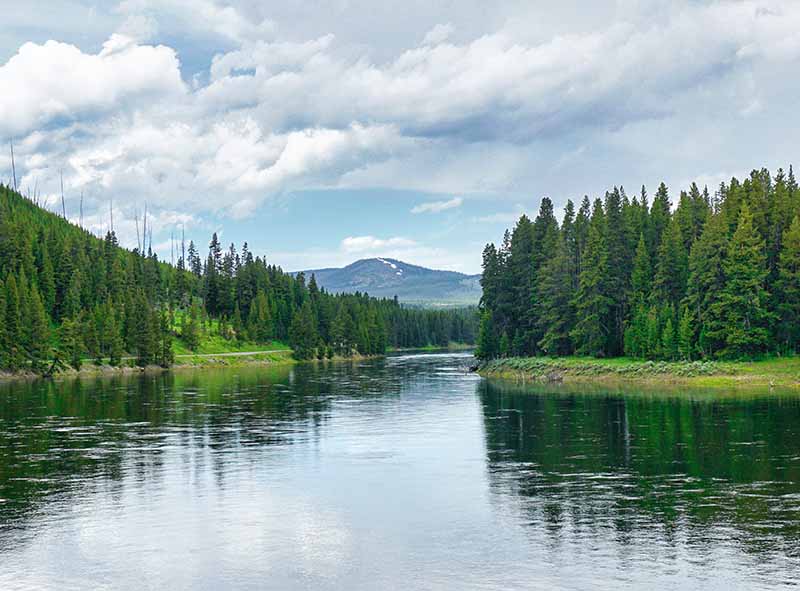
Yellowstone Lake (East Entrance)
The largest high elevation lake in North America and the park’s largest body, a day at the lake is a great place to escape the crowds and find some serenity.
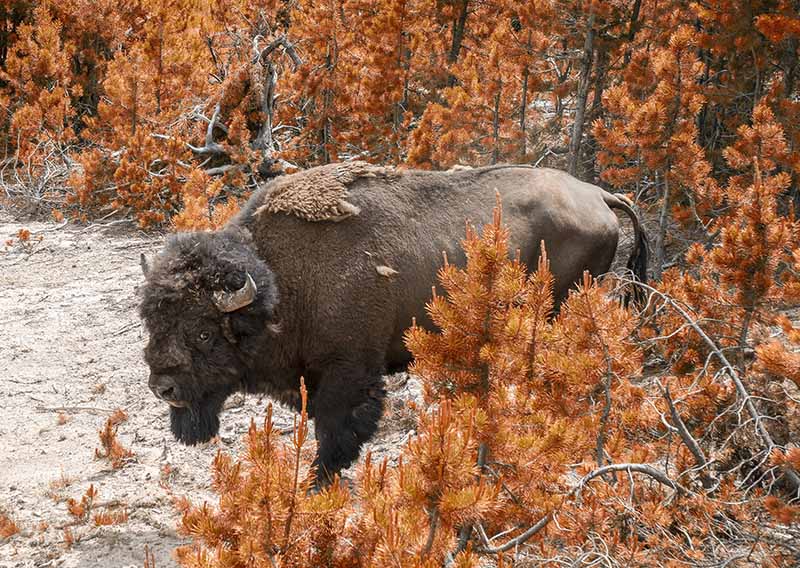
When to Go to Yellowstone
Any time of year presents unique opportunities for nature and wildlife viewing, but summer is definitely the high season. July and August see the most visitors, so if you’d prefer warmer weather and fewer crowds, plan to visit in spring (April or May) or fall (September or October). As long as you bundle up, winter also has its own appeal, the park an idyllic calm covered in a blanket of snow.
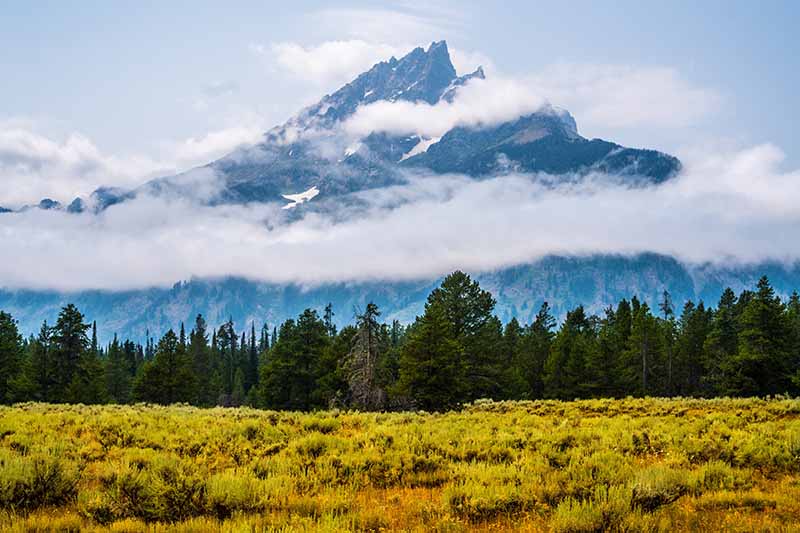
Things to Do in Yellowstone
Beyond driving the loops, hiking, and exploring on your own, if you’re up for an adventure, you can float or raft down the Yellowstone River, kayak Yellowstone Lake, give fishing a try, or opt for a privately guided wildlife tour.
Planning a Trip to Yellowstone Doesn’t Have to Be Complicated
Yellowstone isn’t just a park—it’s a full-on experience. It’s where bison cause traffic jams, the ground literally bubbles beneath your feet, and you start to question if the sulphur smell is part of the charm (spoiler: it is). But beyond the geysers and geothermal oddities, it’s a place that makes you slow down, look around, and realize just how wild and weirdly beautiful nature can be. So plan smart, respect the land (and the wildlife), and don’t forget to look up once in a while—because Yellowstone’s magic is in the moments you didn’t plan for.
If You Have Extra Time
Grand Teton National Park is less than an hour away from Yellowstone’s south entrance or add in a drive through Montana’s breathtaking Beartooth Highway. Check out my national parks list for more bucket-worthy US road trips.
Like It? Pin It!
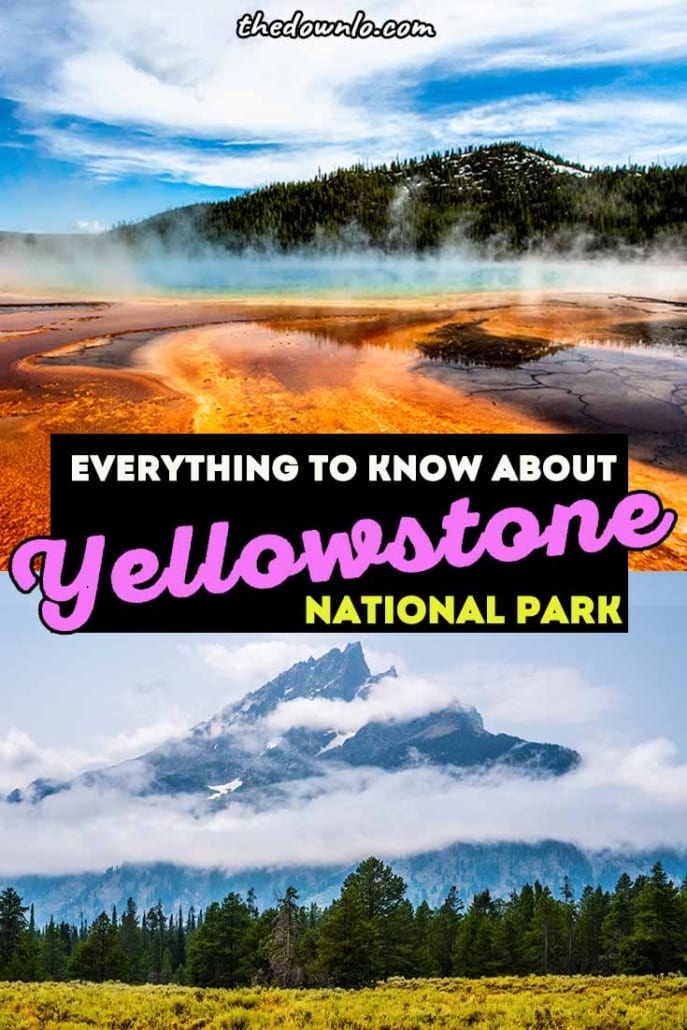
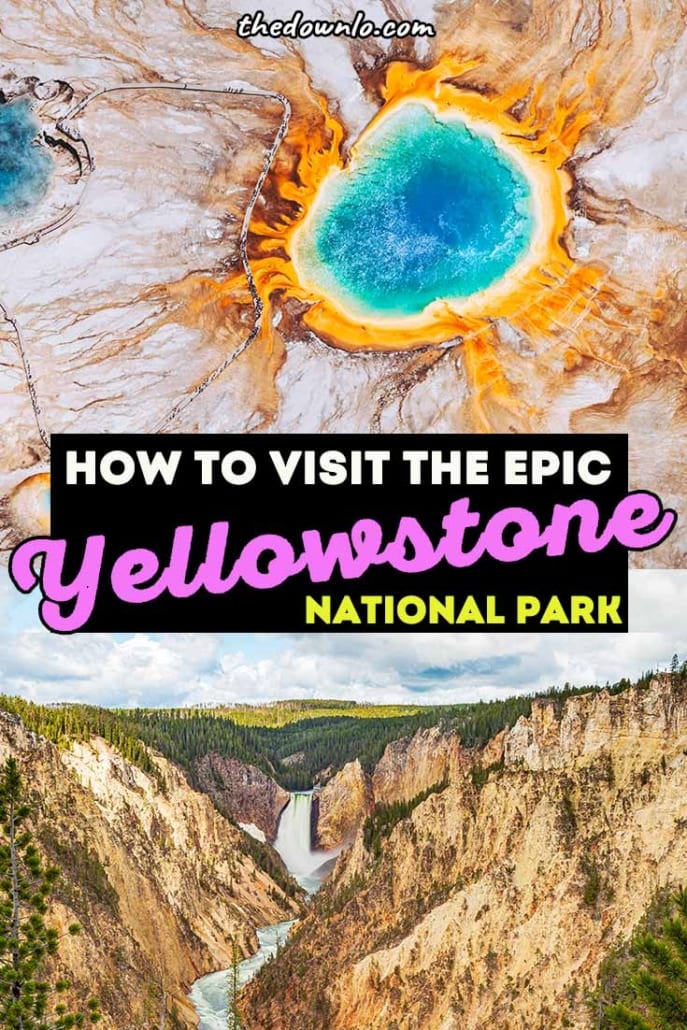

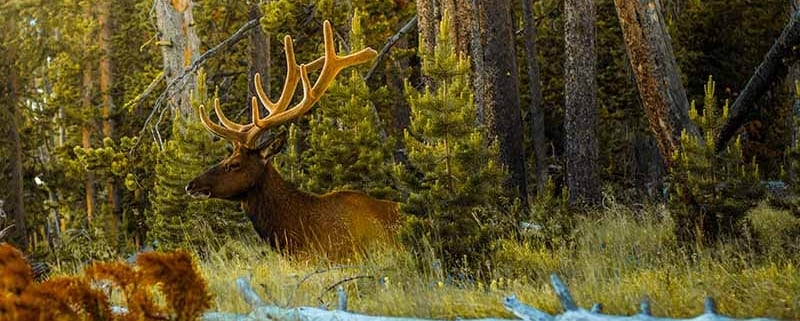
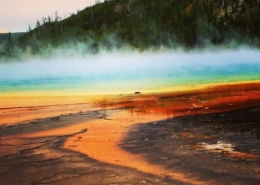
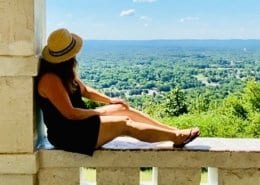

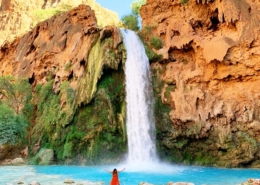
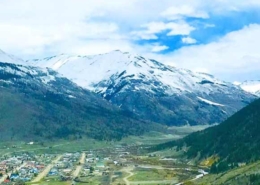




This sounds amazing. I have long wanted to go to Yellowstone, and maybe I’ll finally get there one day in the future. Everything about it sounds so exciting to me – the travertine, the scenery, the wildlife, the backcountry hiking, the geyser and hot springs. So much in one area. Wonderful photos!
I loved visiting Yellowstone, there’s so much to see and do.
This park is so stunning! I would love to visit it! I am quite surprised by the variety of landscapes we can find there!
Thanks for sharing about this great park. After visiting over half of the National Parks in America, Yellowstone is still probably in my top 3 favorites simply because of the diversity and the size. I saw my first grizzly bear, bison, and moose there. One note of warning, we have been there 3 times in July and August and had snow in each visit. It doesn’t really stay on the ground, but the temperatures can get cold even in the summer, so be sure to bring at least a sweater or jacket and long pants just in case. It’s still on my bucket list to go in the winter.
That’s so crazy and I totally agree it’s one of the best I’ve been to (out of a bunch).